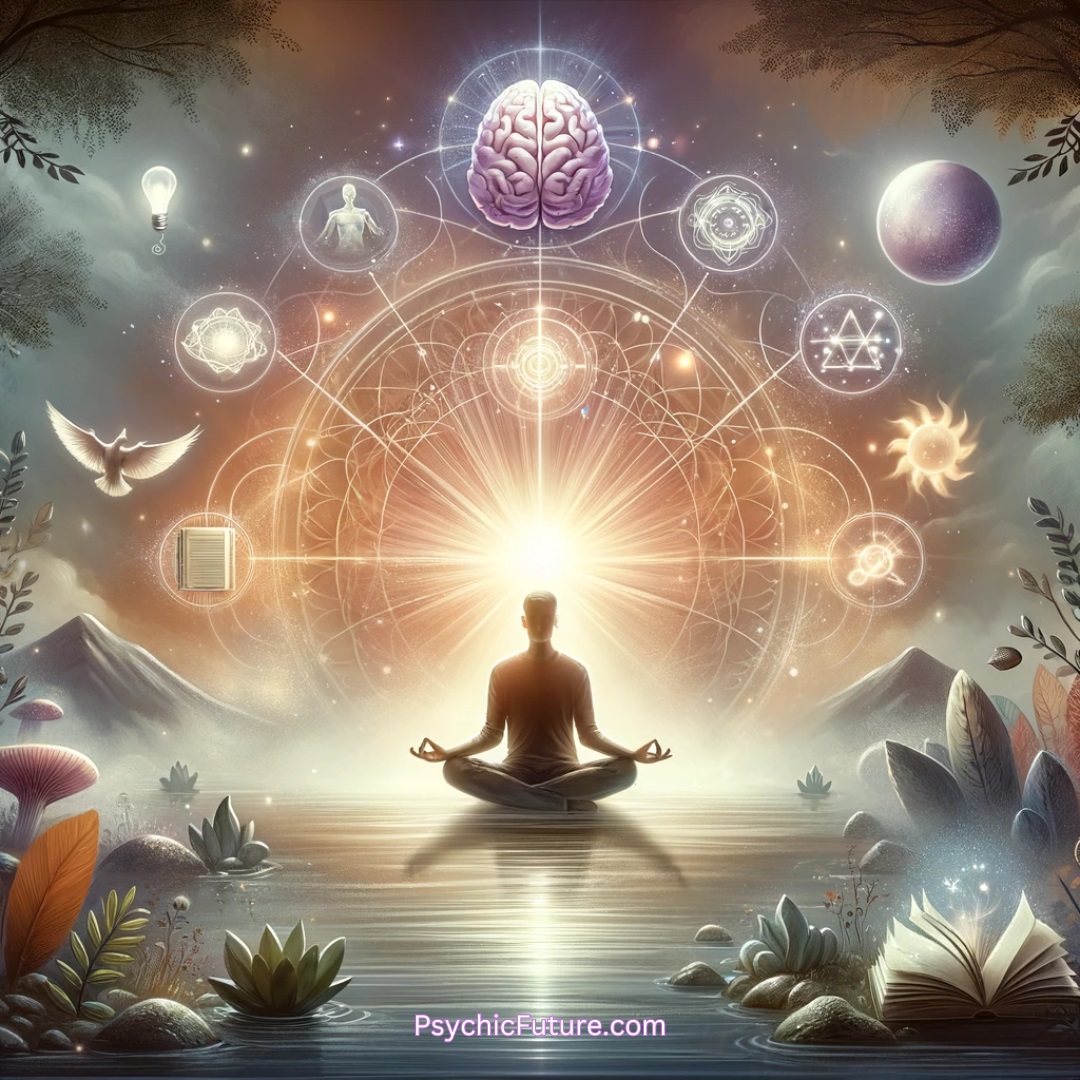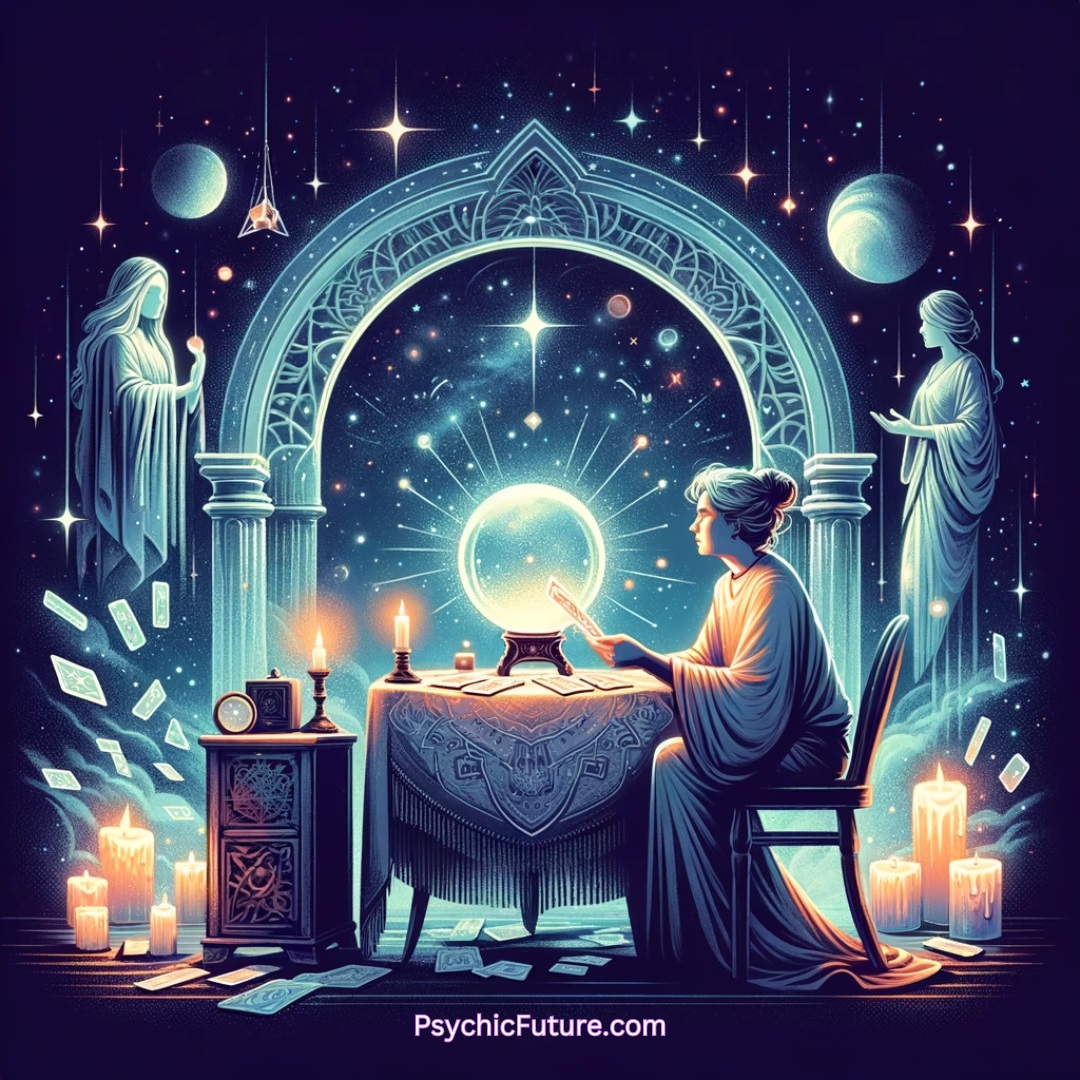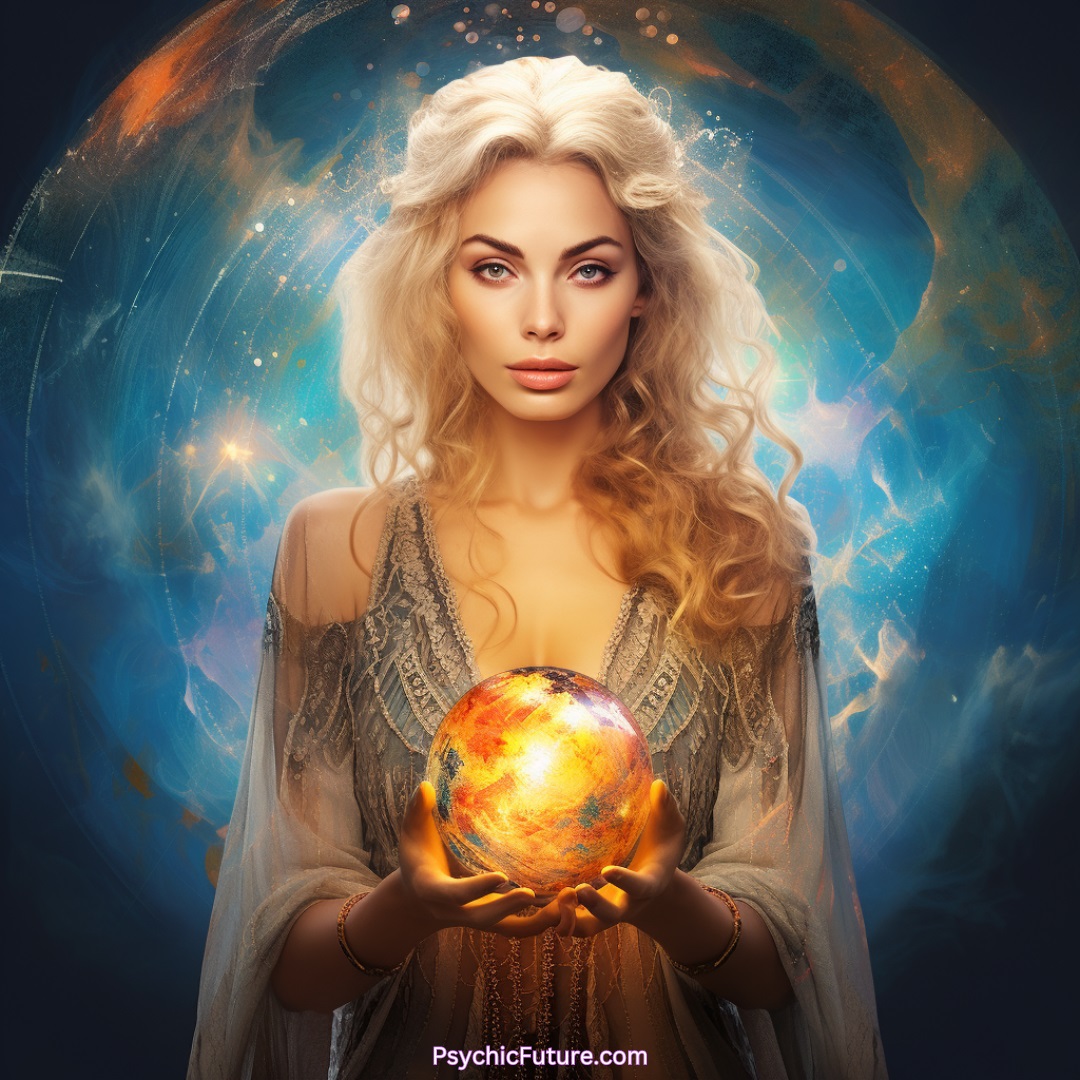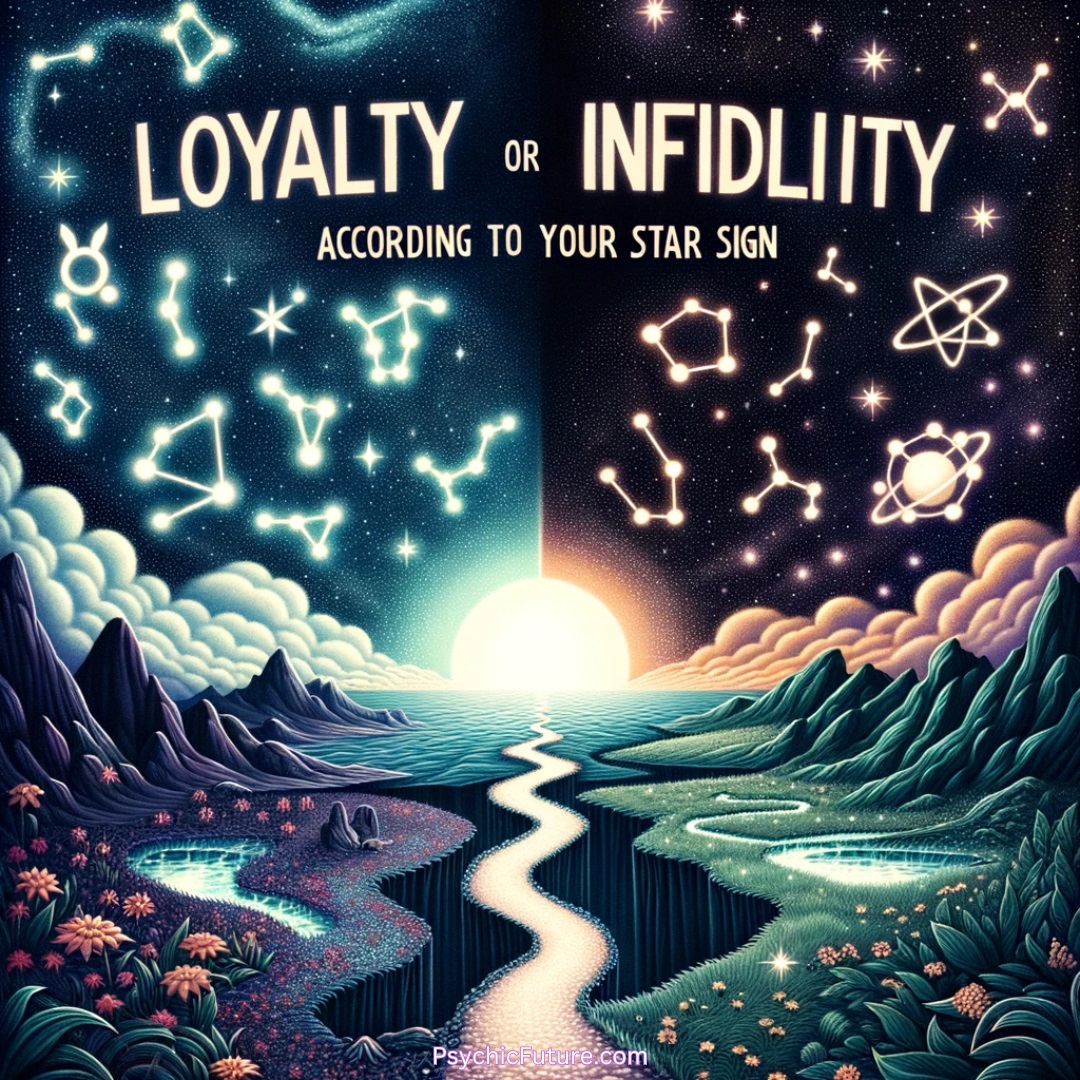 05 Jan 2024
05 Jan 2024
Psychics
Comments: No Comments
Best Psychic Services Near You: Finding Accurate and Reliable Readings Nearby
These days, many of us feel unsure about big life decisions. That’s why so many people are turning to psychics. We want to pull back the curtain on the future.
There are tons of different ways psychics tap into energy to guide people. The methods are as cool as they are varied.
But with so many options out there, finding a legit psychic is crucial. This isn’t like reading your horoscope for fun — for a lot of people, these readings provide real insight into who they are and what’s coming next.
So I wanted to write this article as a guide on how to find good psychics near you. Whether you’ve had readings before or you’re just curious, I’ll explain the different types of services and what to look for to make sure your experience is worthwhile, not whack. 😛
Let’s figure this out together. There’s a whole metaphysical world to explore that can provide the answers we’re searching for about life’s big questions.
Read More “Best Psychic Services Near You: Finding Accurate and Reliable Readings Nearby” 21 Dec 2023
21 Dec 2023
Meditation / Psychics
Comments: No Comments
Tips to Enhance Your Intuitive Abilities
Intuition is like a secret voice inside you. It’s not about thinking hard or using logic. Instead, intuition is about feelings and instincts. Imagine you’re walking and suddenly feel you should turn left, even without knowing why. That’s intuition speaking. It’s quick, like a flash of insight, and often comes without a reason.
Read More “Tips to Enhance Your Intuitive Abilities” 29 Nov 2023
29 Nov 2023
Psychic Readings / Psychics
Comments: No Comments
The Power of Psychic Readings for Personal Growth and Transformation
Psychic readings emerge as a beacon of insight, offering a unique window into the depths of personal existence. These ancient practices, rooted in intuitive arts, extend beyond mere fortune-telling, serving as a tool for profound self-discovery and guidance. The realm of psychic readings encompasses various forms, from the enigmatic tarot cards to the clairvoyant’s visionary insights, each paving a distinct path towards understanding life’s intricate tapestry.
Read More “The Power of Psychic Readings for Personal Growth and Transformation” 13 Nov 2023
13 Nov 2023
Astrology
Comments: No Comments
 07 Nov 2023
07 Nov 2023
Astrology
Comments: No Comments
Here’s the astrological sign that hates Christmas the most.
As the festive cheer spreads and the aroma of mulled wine fills the air, not everyone is busy decking the halls with boughs of holly.
Indeed, within the zodiac, there lurks a sign that reputedly scrooges away from the yuletide spirit.
But who could it be? Let’s traverse the starry realms to uncover this mystery.
Read More “Here’s the astrological sign that hates Christmas the most.” 03 Nov 2023
03 Nov 2023
Intuition
Comments: No Comments
Unlocking Your Intuition: How Psychic Readings Can Enhance Your Spiritual Journey
Intuition is often described as the subtle voice within us, a guide that whispers truths beyond the reach of rational analysis. In the realms of spiritual growth, it is the compass that directs us to our true north, a beacon that guides us through the mists of uncertainty. It’s that intrinsic ‘knowing’ – the hunches, gut feelings, and sudden insights that seemingly come from nowhere, yet steer us towards our highest good.
Read More “Unlocking Your Intuition: How Psychic Readings Can Enhance Your Spiritual Journey” 27 Oct 2023
27 Oct 2023
Halloween
Comments: No Comments
Getting ready for Halloween
Halloween is more than just costumes and candy. It holds a deep spiritual significance that dates back centuries. This ancient celebration marks the time when the veil between our world and the spirit realm is at its thinnest. It’s a unique opportunity for us to connect with those who have passed on.
Read More “Getting ready for Halloween” 25 Oct 2023
25 Oct 2023
Halloween
Comments: No Comments
The Witchy Origins of Halloween
Halloween, a festivity shrouded in mystery, traces its roots back to ancient Celtic traditions. The Celts, a group of tribal societies in ancient Britain and Ireland, celebrated a festival called Samhain (pronounced ‘sow-in’). This festival, held on the eve of winter, was a mystical time where the veil between the living and the dead was believed to thin. The eerie allure of this age-old tradition continues to captivate us, setting the stage for what we now know as Halloween.
Read More “The Witchy Origins of Halloween” 24 Oct 2023
24 Oct 2023
Astrology / Halloween
Comments: No Comments
12 Traditional Halloween Rituals for Your Zodiac Sign
Halloween, celebrated on October 31st, has its roots in the ancient Celtic festival of Samhain, marking the end of harvest season and the onset of winter. Over centuries, it morphed into a night of festivities, including costuming and treat-gathering. The mystical aura of Halloween has often been associated with astrological influences. Each zodiac sign, with its unique traits, aligns with specific Halloween traditions.
Read More “12 Traditional Halloween Rituals for Your Zodiac Sign” 23 Oct 2023
23 Oct 2023
Love & Relashionships
Comments: No Comments
Loyalty or Infidelity: According to Your Star Sign. Which Camp are You in?
Comprising twelve unique signs, each associated with specific dates of the year, the zodiac is believed to influence our personalities, desires, and even our destinies. From the ambitious Aries to the dreamy Pisces, each sign carries its own set of characteristics, strengths, and vulnerabilities.
Read More “Loyalty or Infidelity: According to Your Star Sign. Which Camp are You in?”



